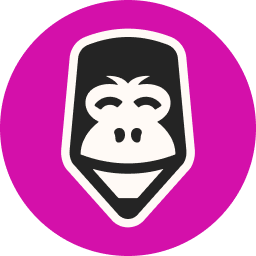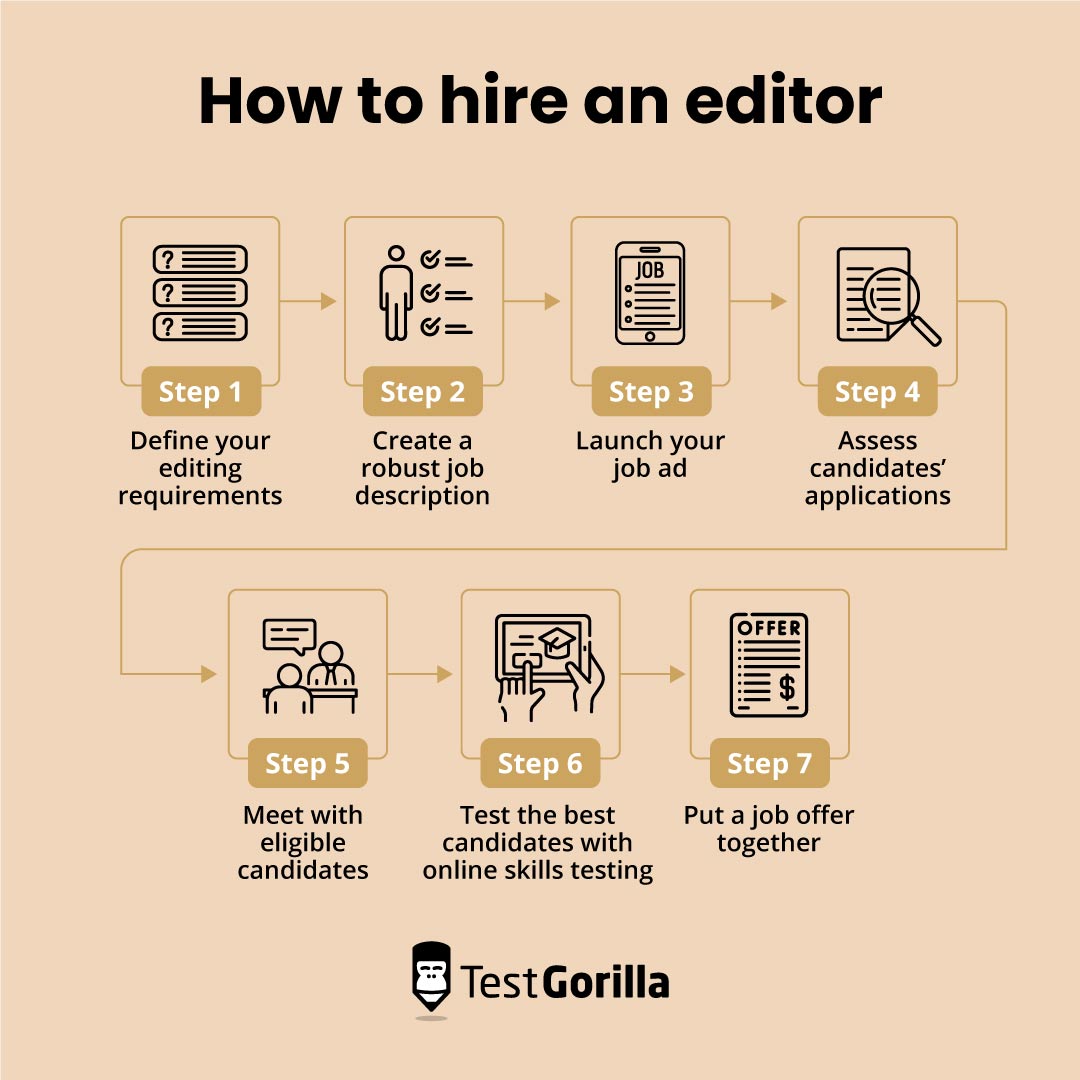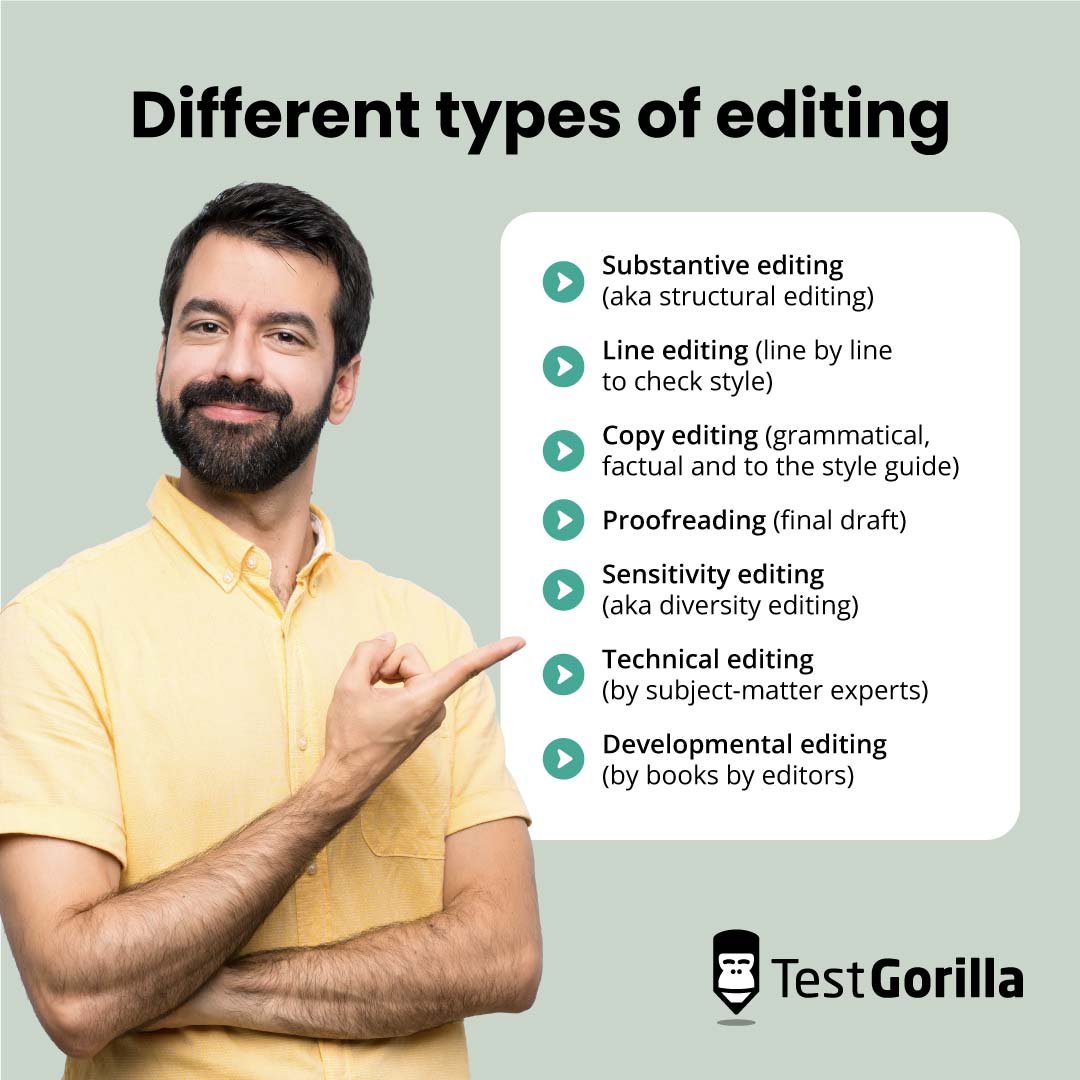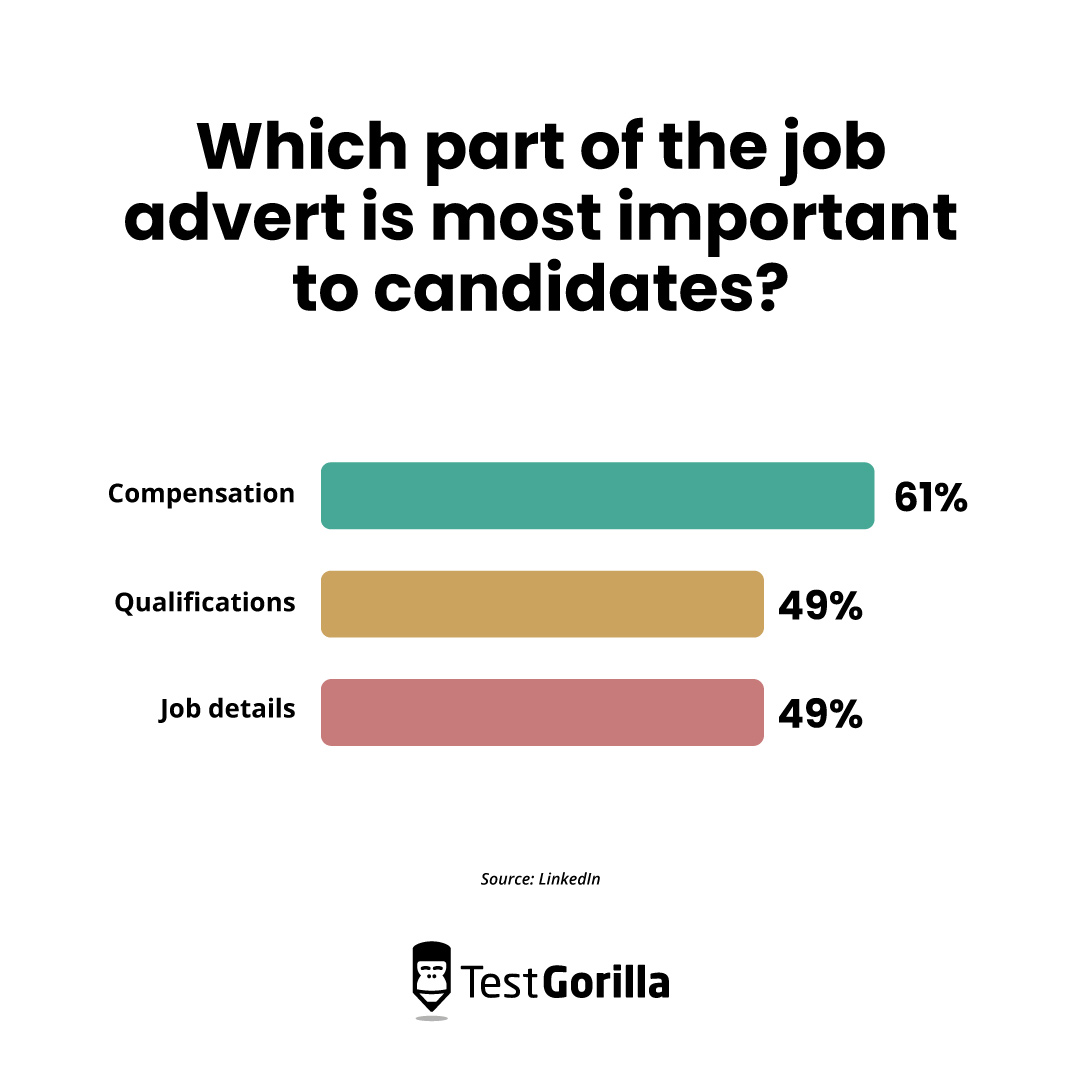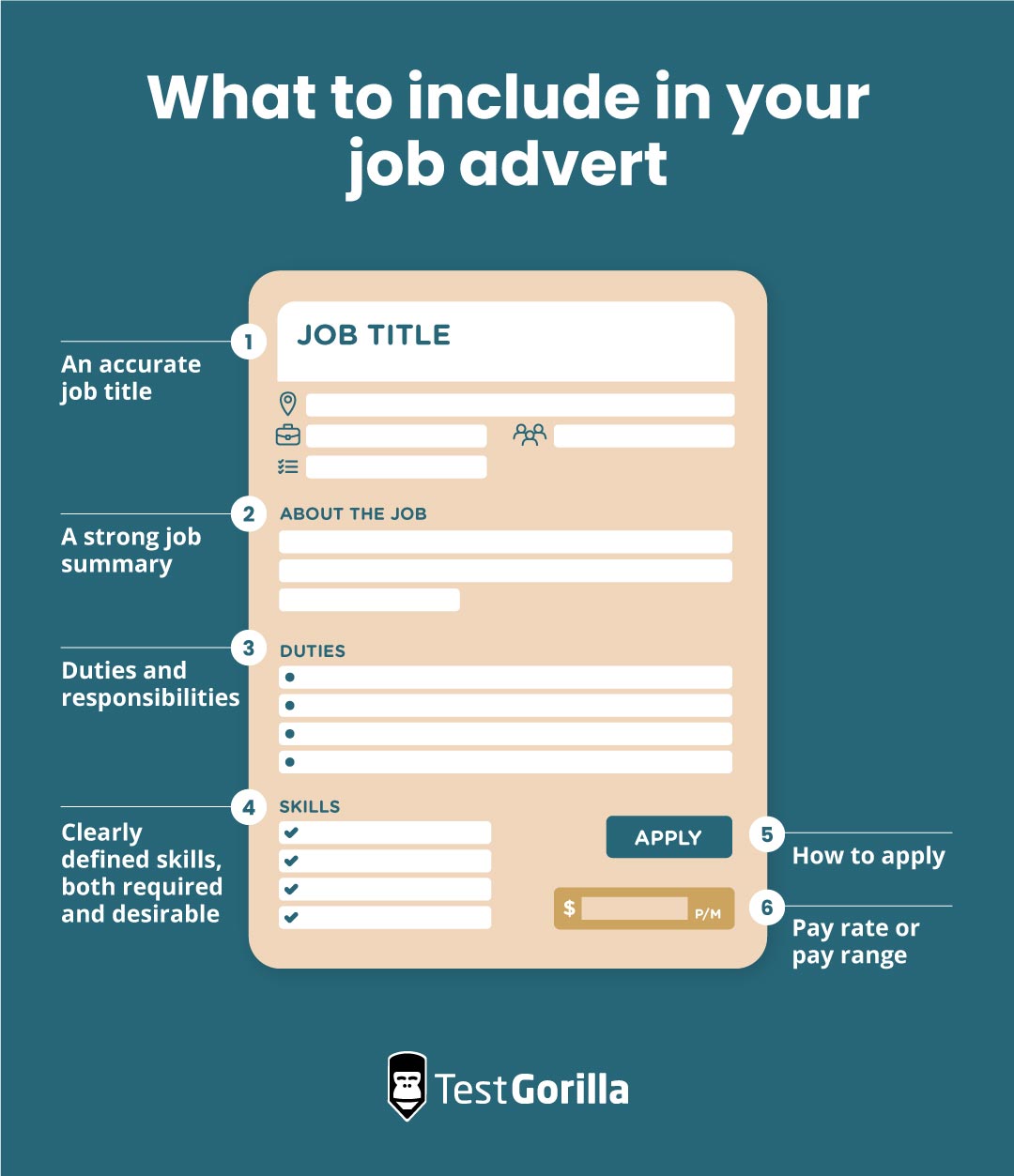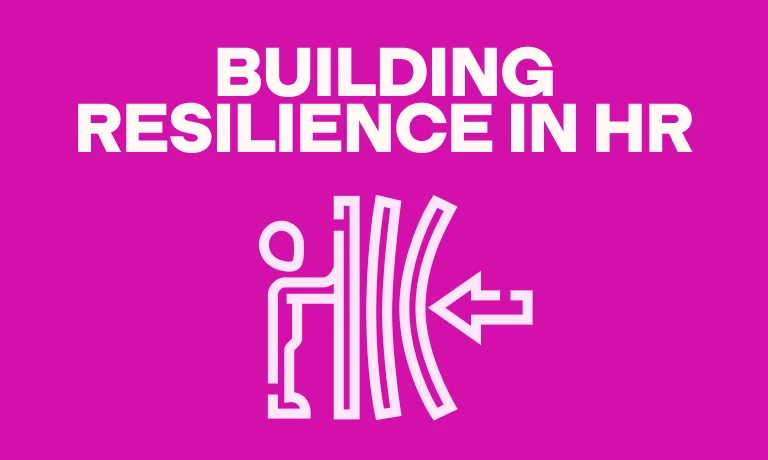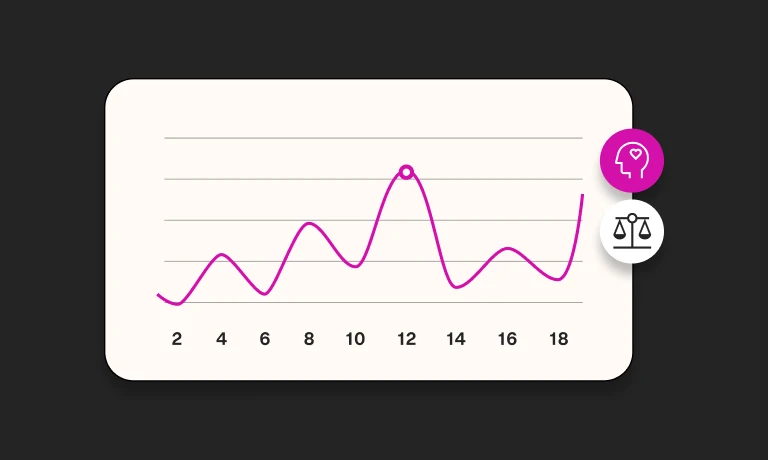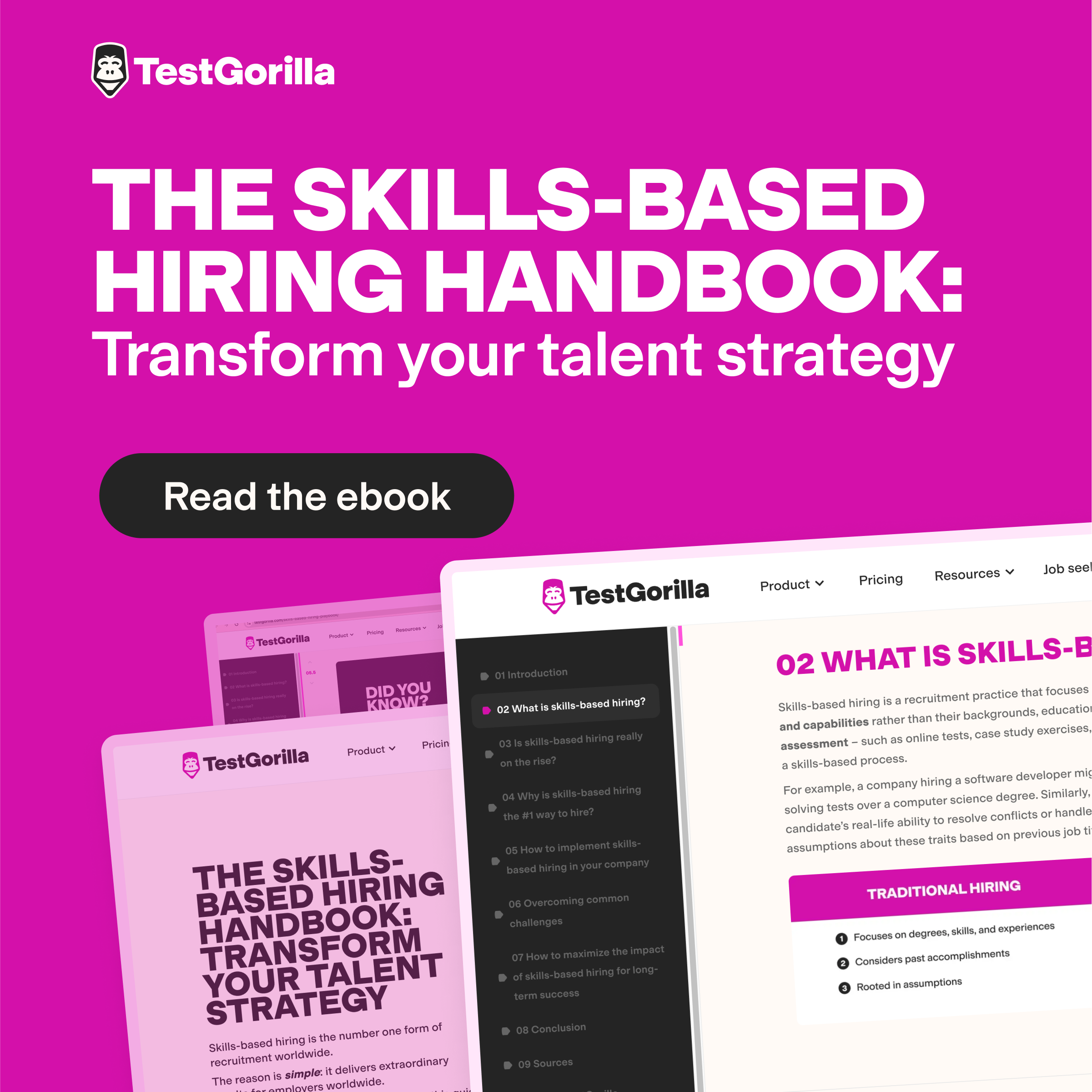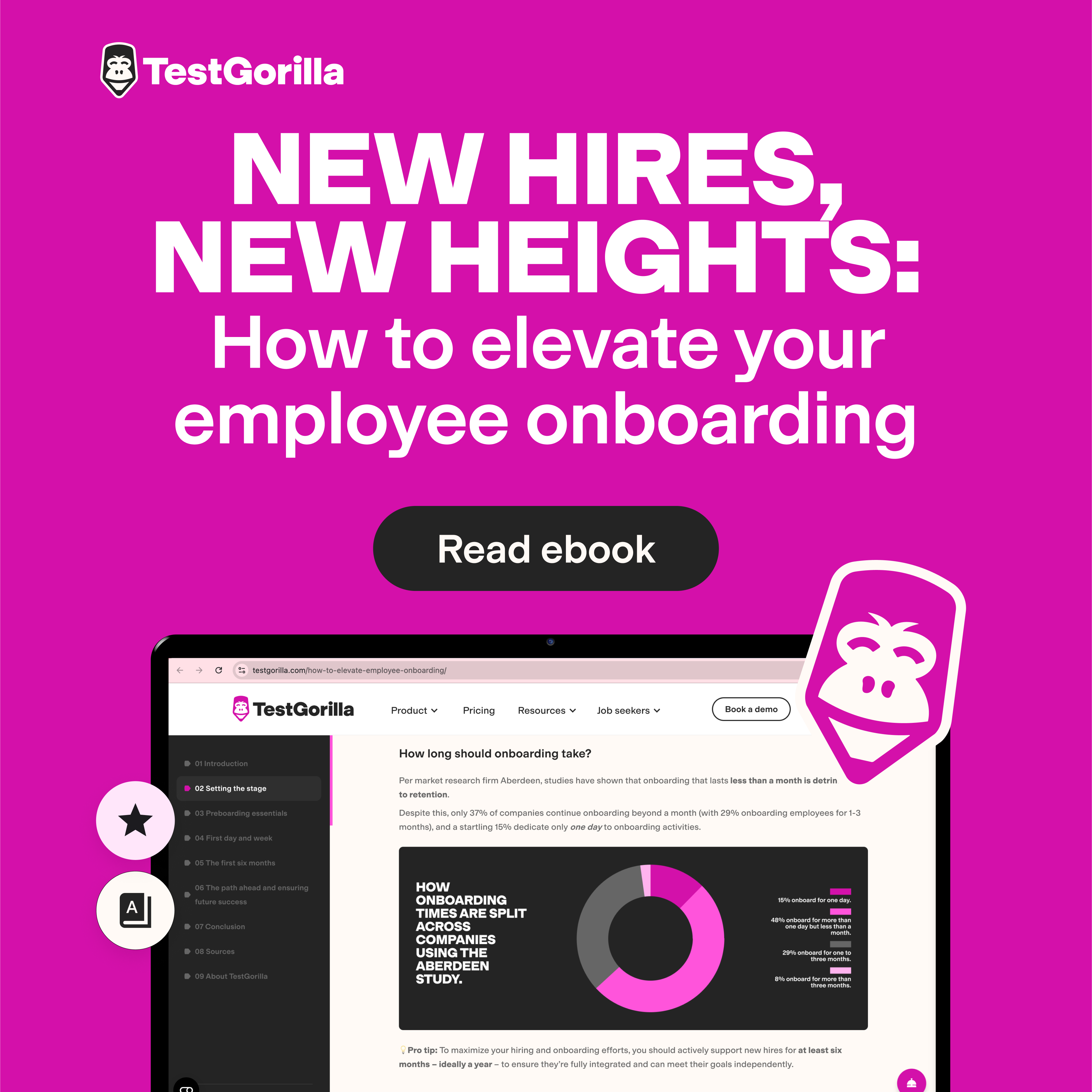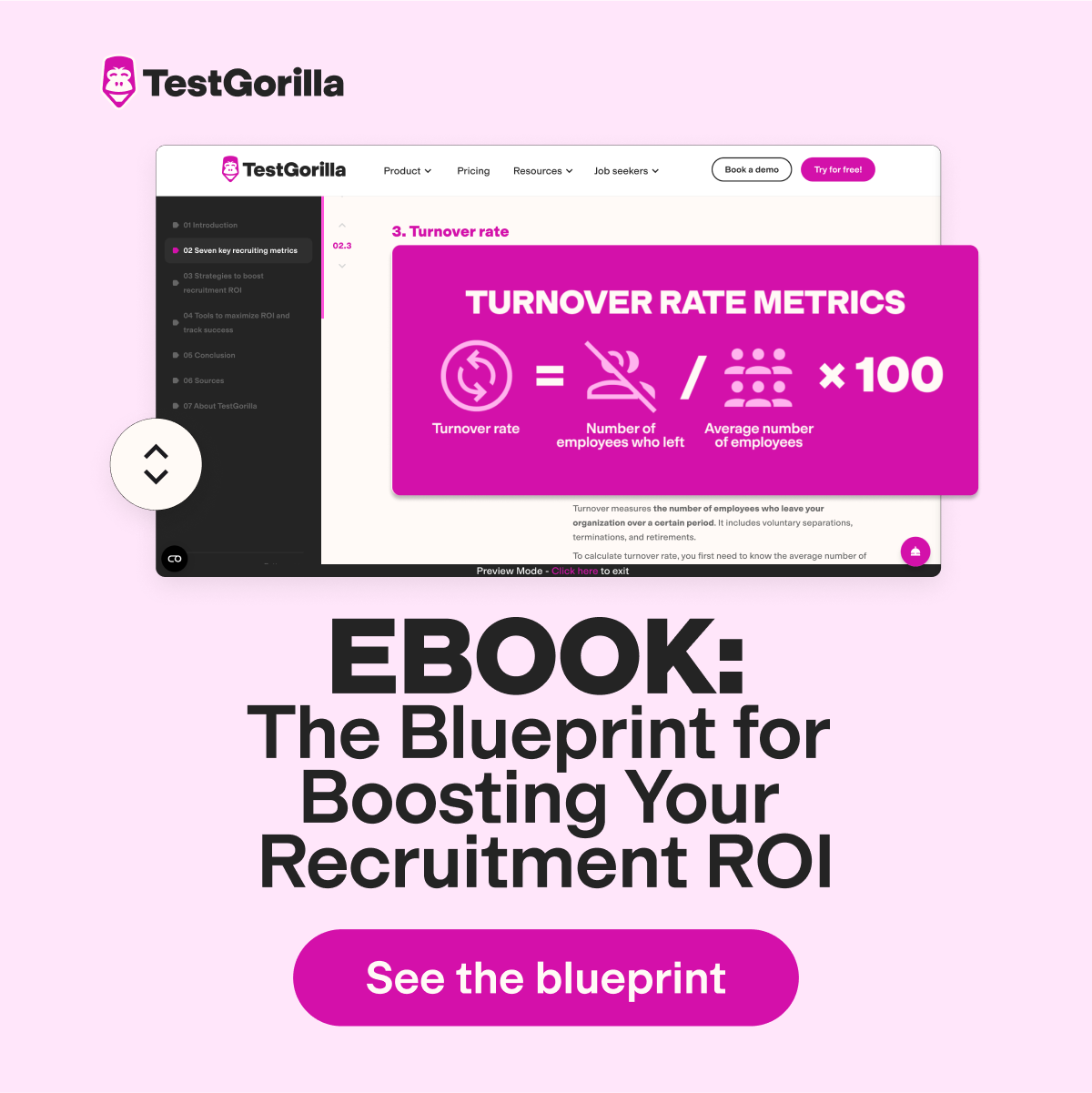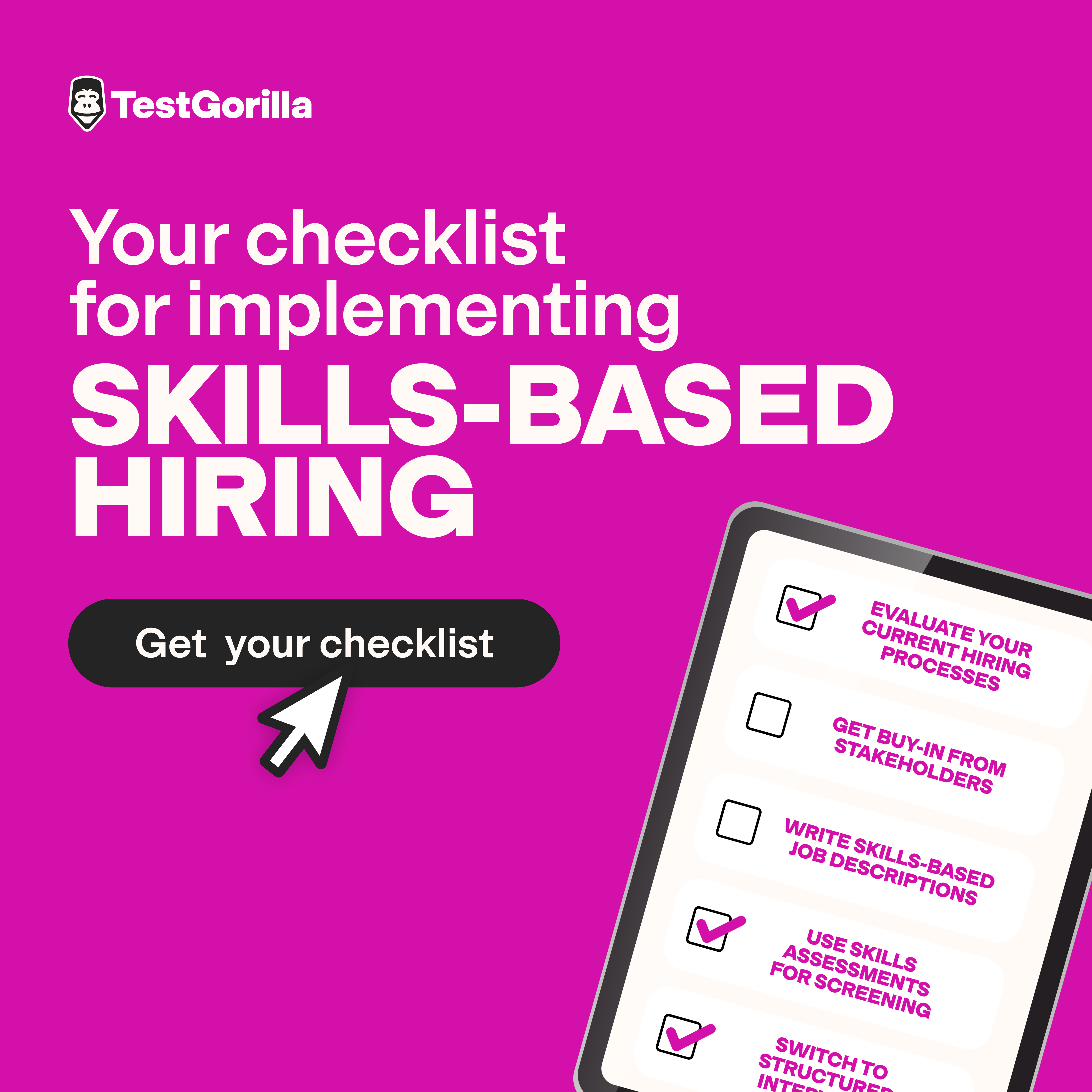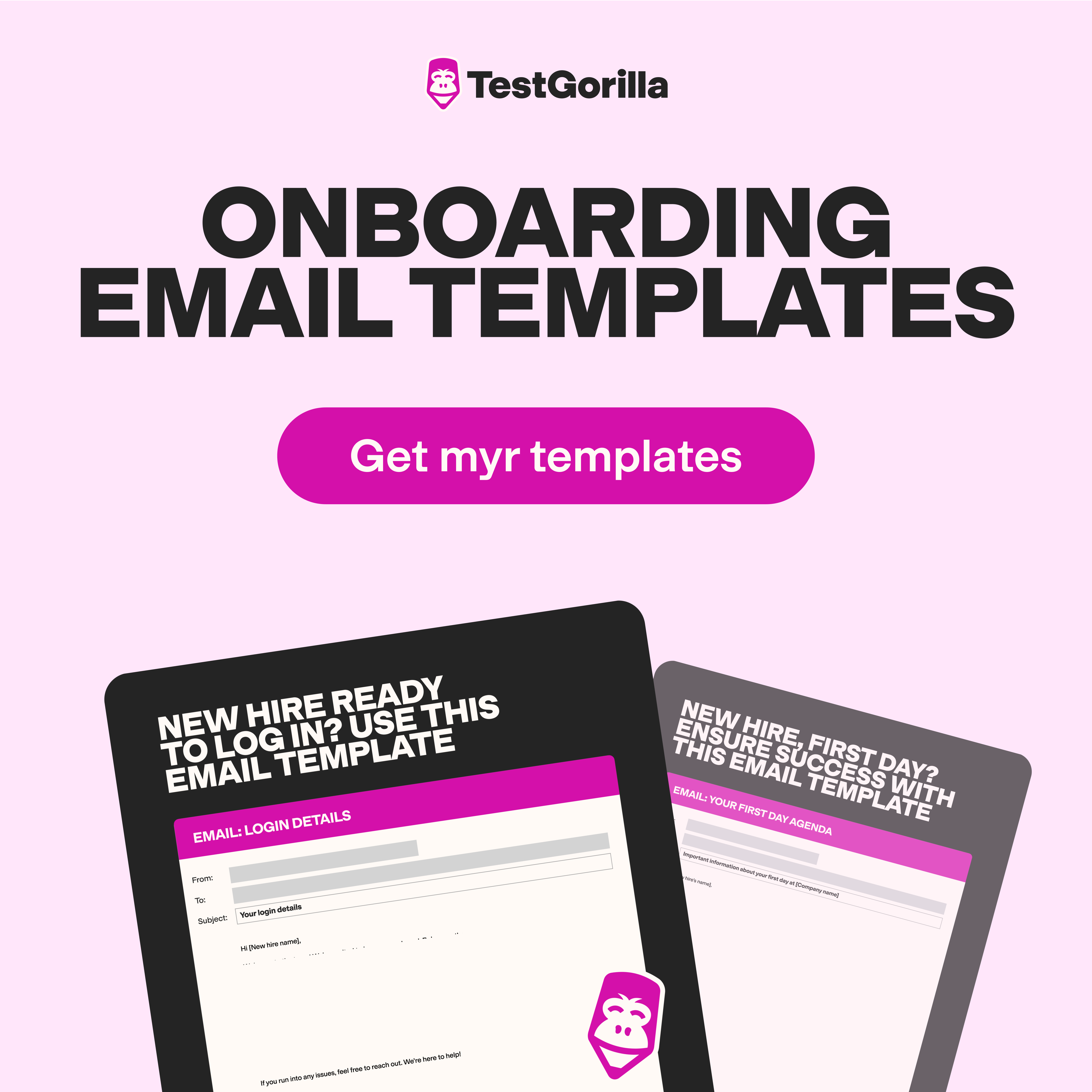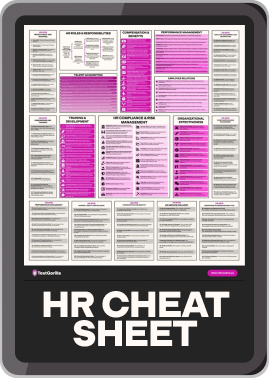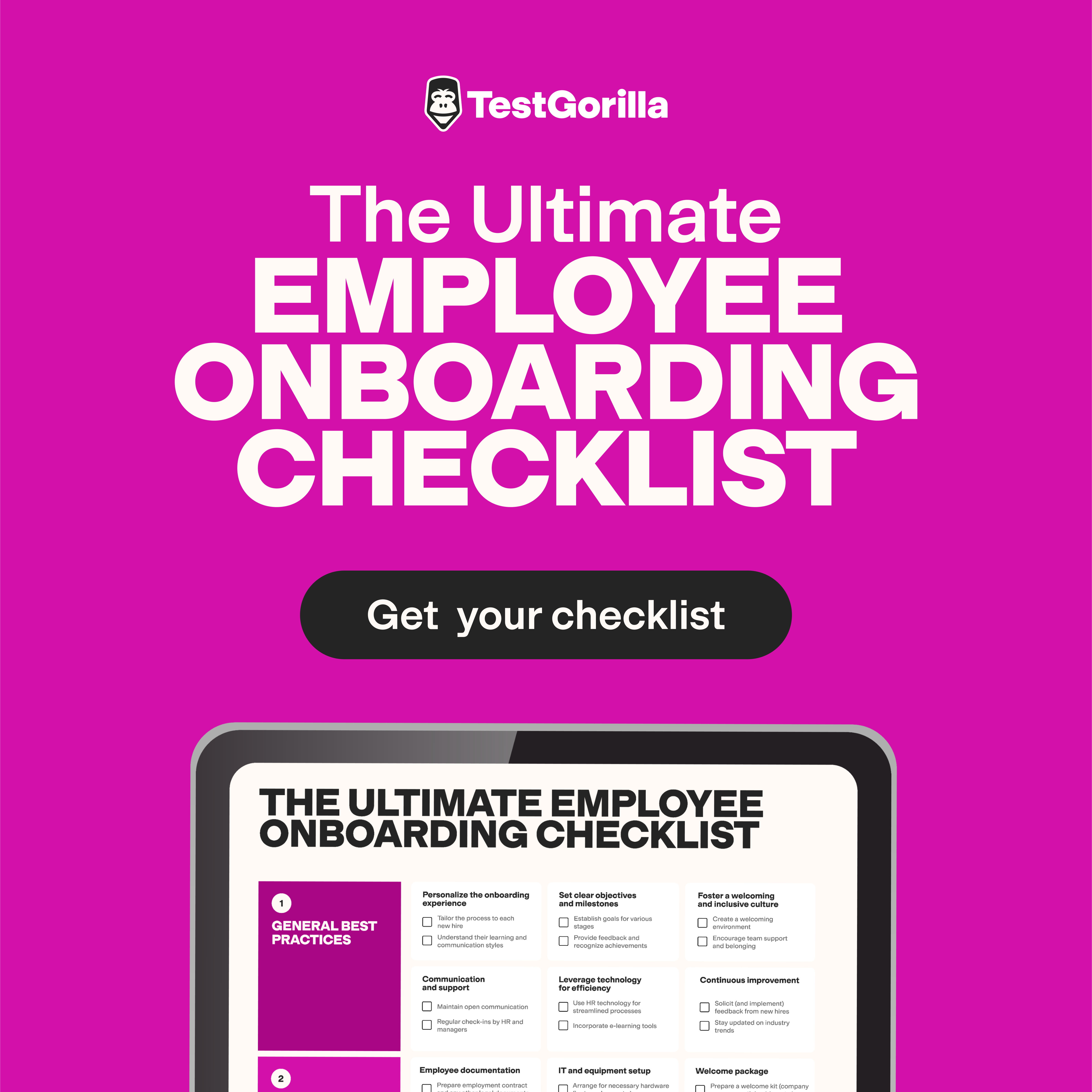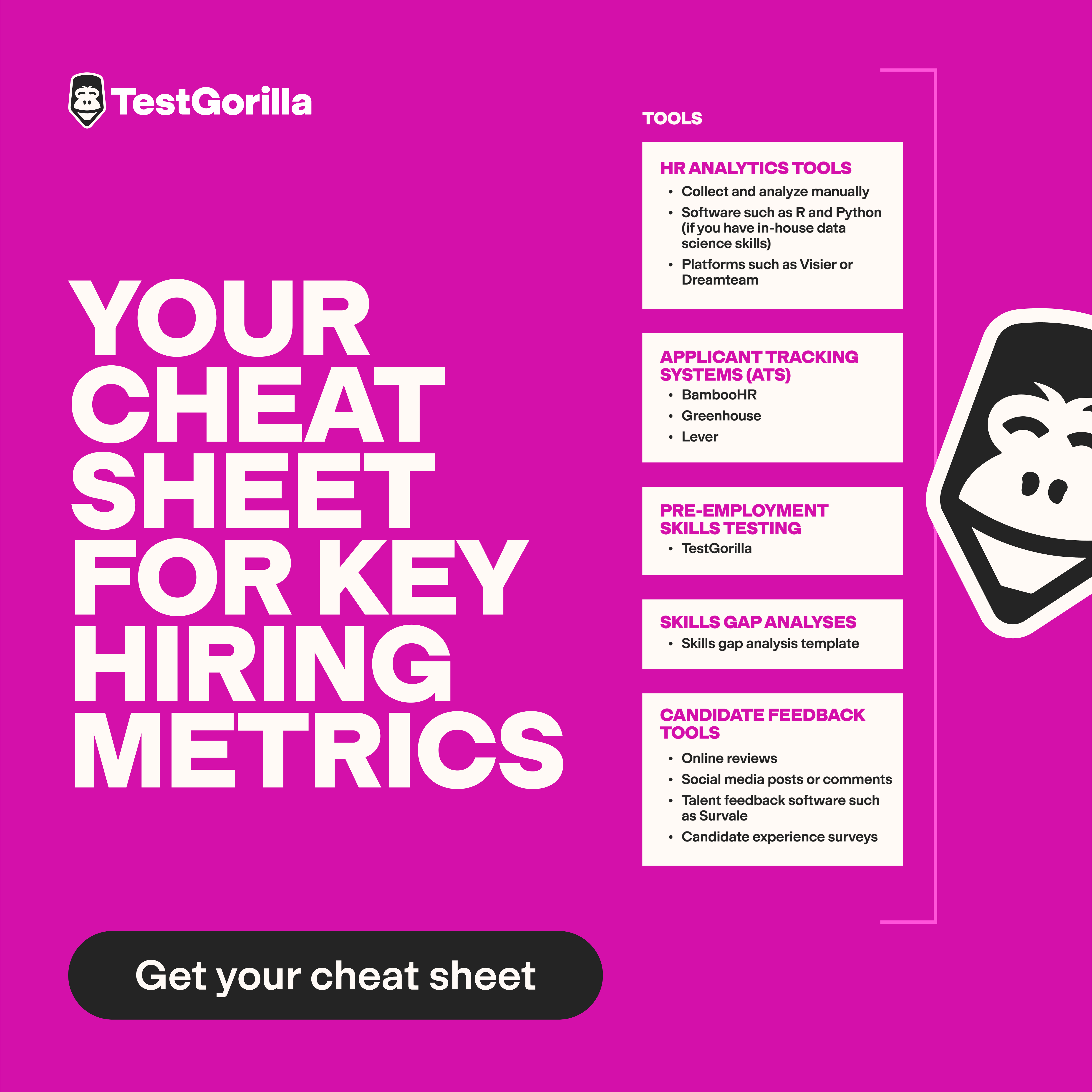Professional editors offer a comprehensive suite of services beyond traditional book editing. For example, a seasoned developmental editor can take your content marketing to the next level.
According to a study by the Content Marketing Institute, 83% of companies attribute their content marketing success to great content. However, 63% of companies say their top reason for content marketing failure is content creation challenges.
Thorough content editing can help overcome these challenges. Refining and polishing your content produces better results and enables your writing team to focus on other projects so that you create content faster.
But hiring a professional editor can be overwhelming
For a start, it's not easy to determine the expertise of an editor. It can be tricky to use CVs since many editors are freelancers who won’t have held job positions for extended periods.
Portfolios might not give you the full picture of their skills either. They can show their editing experience, sure, but what if the piece was perfect to begin with? Was it the result of great writing or great copy editing?
We’re going to explore seven steps you can follow to hire an experienced editor and find the right person — from creating a detailed job description to assessing applications to testing candidates with proven skills assessments.
Before we begin, let's answer one of the most burning questions about how to hire an editor: is it worth hiring one?
Table of contents
- Is it worth hiring a professional editor?
- How to hire an editor in 7 steps
- 1: Define your editing requirements and editing process.
- 2. Create a robust job description
- 3. Launch your job ad
- 4. Assess candidates’ applications
- 5. Meet with eligible candidates
- 6. Test the best candidates
- 7. Put a job offer together
- Hiring an editor is a breeze with TestGorilla's skills tests
Is it worth hiring a professional editor?
Hiring a professional editor is a worthwhile investment for any company or team that wants to produce valuable content. A thorough editorial assessment can help you improve content through the following:
Catch grammar, spelling, and punctuation errors that you might not notice during self editing.
Act as a writing coach and help improve your writing style and clarity.
Identifying and addressing any weaknesses in your story or argument.
Make suggestions for how to improve your overall presentation.
In addition to these specific benefits, hiring an editor can also help you save precious time. A professional editor can take care of the technical aspects of writing so you can focus on the creative writing process. This can free up your time to do other things, such as research, brainstorming, or promoting your content.
When it comes to content marketing campaigns, experienced editors can also help with the following:
Improve SEO rankings: An editor can improve your content's SEO ranking by ensuring that it meets search intent and provides value to your readers.
Enhance brand perception: An editor's suggestions can help improve your customer's perception of your brand by ensuring your content is consistent with your brand voice and tone.
Finally, it's worth noting that creating content, whether it's book or a blog post, is a team sport and an editor should be one of your team's MVPs. Stephanie Yoder, content team lead at Megawatt, explains it more succintly:
"Writing may seem like a solitary activity, but the number of people it takes to get that writing from rough draft to publishable piece can be formidable: strategists, writers, SMEs, and content editors, at the very least. Nothing happens in a void, and writing certainly shouldn't. Hiring strong writers and supporting them with experienced editors is the key to ensuring good ideas shine and do not get lost in bad writing. And that's something AI cannot do."
How to hire an editor in 7 steps
Now that you know why professional editing is incredibly important for teams creating content, here's how to hire an editor in seven steps:
Define your editing requirements.
Create a robust job description.
Launch your job ad.
Assess candidates’ applications.
Meet with eligible candidates.
Test the best candidates with online skills testing.
Put a job offer together - Create a job offer for your chosen editor
Let's take a look at each step in depth.
The best insights on HR and recruitment, delivered to your inbox.
Biweekly updates. No spam. Unsubscribe any time.
1: Define your editing requirements and editing process.
The first step in hiring an editor is defining what you need in an editor.
Editors have different skills, specialties, and backgrounds. You want to hire an editor who perfectly suits your company and projects.
The first three questions you’ll need to answer are:
What are they editing?
What level of professional editing do you need?
What experience or background do you need?
Determine what content they’ll be editing. Do you need copy for a website? Do you need long-form content and whitepapers? Are you looking for someone who can do book editing?
All editing isn’t created equal. For example, website copy editors need to be in tune with SEO and keyword trends. Whitepaper editors must be much more detail oriented and may need more technical knowledge. Meanwhile, a professional book editor is a trained and experienced professional who helps book authors improve their manuscript.
There are many different types of editors, and the experience they require isn’t mutually exclusive. Different editors may have backgrounds in copy editing, proofreading, sensitivity editing, traditional book publishing, and self publishing.
However, all editors have job roles that require strong attention to detail. You can say that the best editors have a tendency to be nitpicky.
Still, you have to know what kind of editing you require.
Here are some different types of editing:
Substantive editing – also known as structural editing, this type of editing focuses on organization and presentation.
Line editing – a line editor goes through the text line by line to check style and word choice.
Copy editing – a copy edit is when an editor checks for grammatical and factual errors and ensures adherence to the style guide.
Proofreading – this is the process of editing the final draft of a piece of content. Think of it as the sieve that sifts out anything the copy editor missed, including formatting issues.
Sensitivity editing – also known as diversity editing, this type of editing ensures that a piece aiming for diversity and inclusiveness is accurate and inoffensive.
Technical editing – this is often done by subject-matter experts, who fact-check chemical formulas, equations, and specialized terminology.
Developmental editing – a developmental edit is mainly done on books by editors who work alongside an author to refine their stories. Developmental editors focus on characters, their relationships with each other, and the overall narrative.
Two more things you’ll need to define are:
Your budget
Whether you want to hire full-time editors, freelance editors, or partner with an editing firm
Specifying these details in advance will give you a solid idea of your needs and help you outline your job description and ad.
2. Create a robust job description
The job description is where you get specific with the details of what the editor will do and define your expectations.
Here’s an example of an editor's job description:
Job title: Editor for E-commerce Blog
Goal: Ensure content is consistent, accurate, and polished
Responsibilities
Edit 10-12 blogs per month
Address grammar mistakes and spelling mistakes
Edit/approve initial outlines
Ensure piece fits with client’s style
Check for keywords and SEO
Fact-check and verify links
Rewrite text when necessary
Give writers constructive feedback
Communicate with other editors, marketing director, and project lead
Qualifications
Essential: native English speaker, deadline oriented, and well versed in Google Docs
Desirable: basic Spanish skills, experience with Trello, familiarity with APA Style, and at least five years of experience as an editor
This is also where you’d describe scheduling details and the number of revisions required. Don’t forget to indicate the pay as well.
According to one study, 61% of candidates say pay is the most important part of a job ad, closely followed by qualifications (49%) and job details (49%).
When listing qualifications and skills, you should follow two major rules to help you find editors:
Include hard and soft skills; a good editor needs both
Split skills into two lists – necessary and preferred
A survey by Indeed found out that 71% of employers split job requirements into must-haves and nice-to-haves. Doing this ensures you receive a more diverse pool of candidates.
Soft skills for a content editor include:
Organization
Time-management skills
Communication
Attention to detail
Great interpersonal skills
Good judgment
Don’t forget that excellent workplace writing skills are essential. Rewriting is a huge part of editing. You have to be a good writer to be a good editor.
3. Launch your job ad
You’ve written a detailed job description, and now it’s time to launch your ad to hire an editor.
Where should you advertise?
There are many well-known places to post a job ad, such as Indeed, LinkedIn, and Monster, although you can also look into more niche, specific job boards.
Behance and Authentic Jobs specialize in creative work, and job boards such as We Work Remotely and FlexJobs specialize in remote jobs, which is what many editors look for.
The cost of posting a job ad is another thing you have to consider. Remember to include this when calculating your hiring budget.
Depending on the job board you choose, you can pay anywhere from $100 to upwards of $1,000 to post a job ad.
Next, what does a good ad look like?
A clear, concise, and eye-catching job ad is essential. Include the most important details but don’t get too wordy. Job posts within the range of 1-300 words receive 8.4% more applications than longer ones.
You’ll need to grab attention fast and include vital details.
Here are a few tips on what to include:
An accurate job title – the more descriptive, the better (e.g., Experienced Editor for E-commerce Blog, Freelance Book Editor for Fantasy Genre, Independent Editor with Experience Working with Self Published Authors)
A strong job summary – describe the goals of the position, what your company's editorial process is like, and the editor's role in the company’s processes
Duties and responsibilities – explain the daily tasks and requirements
Clearly defined skills, both required and desirable – list the necessary and preferred skills, both hard and soft (e.g., tech know-how, communication skills)
How to apply – provide the application email/link or contact person’s details and what to include in the application (e.g., cover letter, link to sample work)
Pay rate or pay range – specify how much you are going to pay and if you pay per piece, per hour, etc.
4. Assess candidates’ applications
Now that you’ve launched the job ad and received applications, compare them with your editing requirements from step 1 and your job description from step 2.
This is when you check that candidates meet your minimum requirements and look for those who satisfy your preferred requirements.
Most recruiters will also research the candidate online, with 90% of employers assessing candidates through social media and 98% conducting any type of background research online.
Once you do your due diligence, it’s time to start arranging an interview or skills test.
Remember to contact candidates who didn’t make the cut to inform them of the outcome. It’s a good practice to communicate with both accepted and rejected applicants about their application status.
A simple “Sorry, we aren’t moving you forward” will suffice, but some candidates may merit a few pieces of feedback to assist their next job application.
5. Meet with eligible candidates
Applications only tell you so much. In reality, you need to meet people to determine whether they are the right fit.
Conducting an interview with an editor is similar to interviewing for any job role. However, there are specific interview questions you should ask to reveal the details you need to make an informed decision.
Here are a few questions to help you hire an editor:
How do you stay motivated when working on repetitive tasks (like editing and proofreading)?
What does your editing process look like?
What publishing platforms have you used?
What word-processing platforms are you familiar with?
What are your best SEO practices?
Do you have experience creating style guides?
Aside from your editing services, what other skills do you have?
What are your editing costs? (ask this if you're hiring freelancers)
What's your experience like when working with other in house editors?
How would you give constructive feedback to a writer (who makes a lot of typos)?
How a candidate answers the last question is vital because giving effective feedback is one of the marks of a great editor. Feedback is the foundation of continuous improvement. Editors must give clear and useful feedback to improve the content your business produces.
Typically, job interviews only last an average of 40 minutes. Remember to respect your applicant’s time as well as your own.
Here are a few tips to improve your job interviews:
Outline what your hiring process looks like
Keep the number of interviews to a minimum
Consider compensating editors for interviews and tests
Avoid giving generic rejections and instead offer feedback
Recommended reading: How to reject a candidate after the interview stage (and not burn bridges)
Another way to get the most out of your time is to incorporate probing, tough interview questions to get a deeper insight into the applicant.
6. Test the best candidates
For most editors, samples aren’t going to tell you everything.
A well-written article may be the work of an excellent writer and not the editor – you won’t be able to tell at a glance. You’ll have to give the candidate an actual editing test.
Here are a few tests that can be useful for editing assessments:
Cognitive ability tests: Attention to Detail test; Reading Comprehension test
Software skills tests: Microsoft Word test; Google Docs test
Role-specific skills tests: SEO Copywriting test; Content Strategy test
Situational judgment tests: Communication test;Time Management test
You can also check out our combination of assessments for the following editorial roles:
So what does a good editing test look like? Here’s a quick example:
Provide a document for a sample edit. It is best to use documents you’ve previously edited so that you know what to look for in terms of mistakes and improvements.
State the instructions clearly: Spot grammar errors and typos, rewrite sentences or paragraphs for better readability, etc. You should also give candidates your style guide.
Use your current system to see how the applicant works within it, i.e., send a link to a Google Doc and ask the editor to make edits in “Suggesting” mode.
Ask the editor to provide feedback to the writer.
Here are some things you can do to assess the quality of an editor’s work:
Check that the applicant followed your instructions and the style guide.
See if the applicant spotted and corrected the errors, such as mistakes related to grammar, punctuation, and facts/statistics/links.
Examine the rewritten sentences/sections. Does the editor’s style fit what you need?
Go over the editor’s feedback to the writer.
Attention to detail and a keen eye are signs of a good editor, of course, but there’s more to it. Sound judgment and communication are crucial to assessing content and providing feedback.
Take a look at these examples:
Lacking feedback: “Unclear. Please rewrite.” Good feedback: “This wording is a bit awkward. I would add a sentence before it.”
Lacking feedback:“I don’t like this phrase.” Good feedback: “A bit unusual for this context. Could you think of another word?”
Editing requires sensitivity to the nuances of the text and changing only what’s necessary without destroying the original vision. There isn’t always a single right or wrong answer like on a math test.
It’s worth noting that an overly fussy editor may be a better choice than a relaxed editor. You can ask the finicky editor to edit with a light touch. However, you can’t instruct someone with low attention to detail to just “notice more.” There’s only so much you can teach them.
Another way to assess quality is to consider your needs and style. Editing isn’t just based on technical knowledge. It also comes down to their background. For example, someone could be an excellent editor for the book editing process but not be the right editor for copy editing a technical paper.
7. Put a job offer together
Look over each of your candidates’ experience and test results to choose the one who’s the best fit for your business.
Then it’s time to offer the job to your chosen editor. Send an offer in writing or invite the candidate to a video call to give them the news.
Here’s a quick example of a job offer:
Dear [Candidate],
We are delighted to offer you the position of [job title] with an anticipated start date of [date].
As [job title], you’ll have responsibilities such as [list responsibilities and duties].
You will report directly to [manager/supervisor/director].
The salary is [pay rate]. Payment is on a [monthly, weekly, etc.] basis by [check, direct deposit, PayPal, etc.] starting on [start of first pay period].
Your employment with [Company] will be on an at-will basis, which means you or the company are free to terminate the relationship at any time, with or without cause or advance notice.
This letter is not a contract.
Please confirm your acceptance by replying to this letter.
Sincerely,
[Your signature]
[Your printed name]
[Your job title]
Once they accept, it’s time to send them a personalized onboarding package to get started.
If your chosen candidate is a freelance editor, this may be a trial period for both of you. Sometimes one assessment isn’t enough, and you’ll find out more from working together and building a relationship.
Hiring an editor is a breeze with TestGorilla's skills tests
Knowing how to hire an editor properly will be the difference between hiring an average performer and a star player who can elevate your manuscript or content marketing strategy.
Remember key factors such as creating a job description that includes the nature of editing required, qualifications, expectations, and pay rate.
When interviewing candidates, ask specific questions to dig up the answers you need about their editing history, experience using relevant software, and other skills.
Then assess the best candidates using TestGorilla’s bias-free skills tests. Whether you're looking for seasoned book editors or a blog editor, skills testing make it easier to hire an editor by eliminating the need to screen CVs or resumes.
Pre-employment testing like TestGorilla helps you choose an editor based on solid information, like attention to detail, communication, and copywriting skills.
Get started for free today and start making better hiring decisions, faster and bias-free.
Interested in hiring more talent to improve your content efforts? Read our guides on:
You've scrolled this far
Why not try TestGorilla for free, and see what happens when you put skills first.

